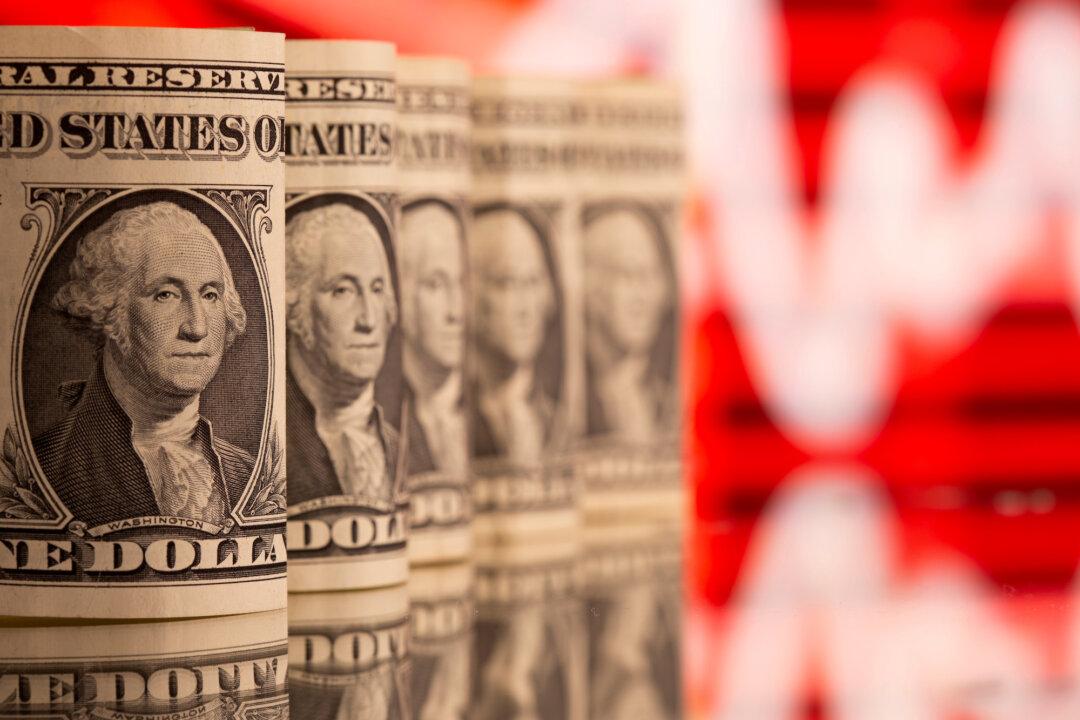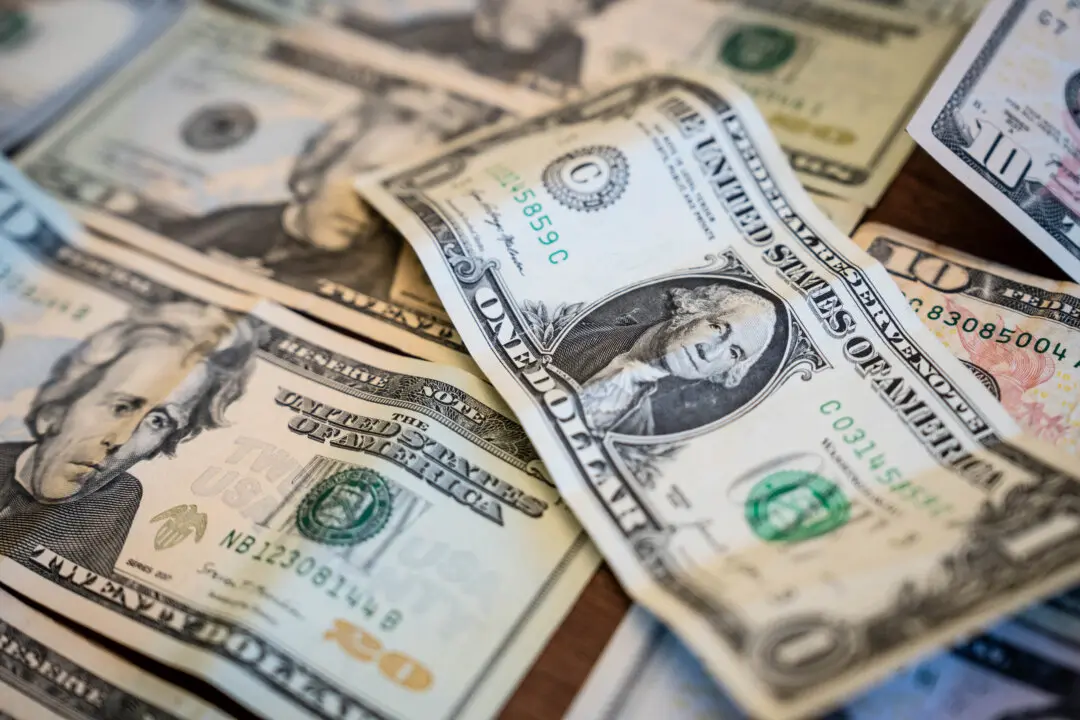A top recession indicator is flashing red for the 21st consecutive month, signaling a downturn on the horizon. But a chorus of economists has championed a soft landing, with many experts expecting the U.S. economy to avert back-to-back quarters of negative growth.
The Conference Board’s Leading Economic Index (LEI), a gauge of the economy’s strength, slipped by 0.1 percent in December 2023—slightly better than the consensus estimate of negative 0.3 percent—following a 0.5 percent drop in November 2023. The LEI contracted by 2.9 percent during the six-month span between June 2023 and December 2023; it was an improvement over the 4.3 percent decline in the previous six-month period.





